Brand guidelines checklist (With free template)
It can be tricky to remember all the brand elements needed for your brand guidelines, so we’ve put together a handy little checklist so you don’t miss anything out
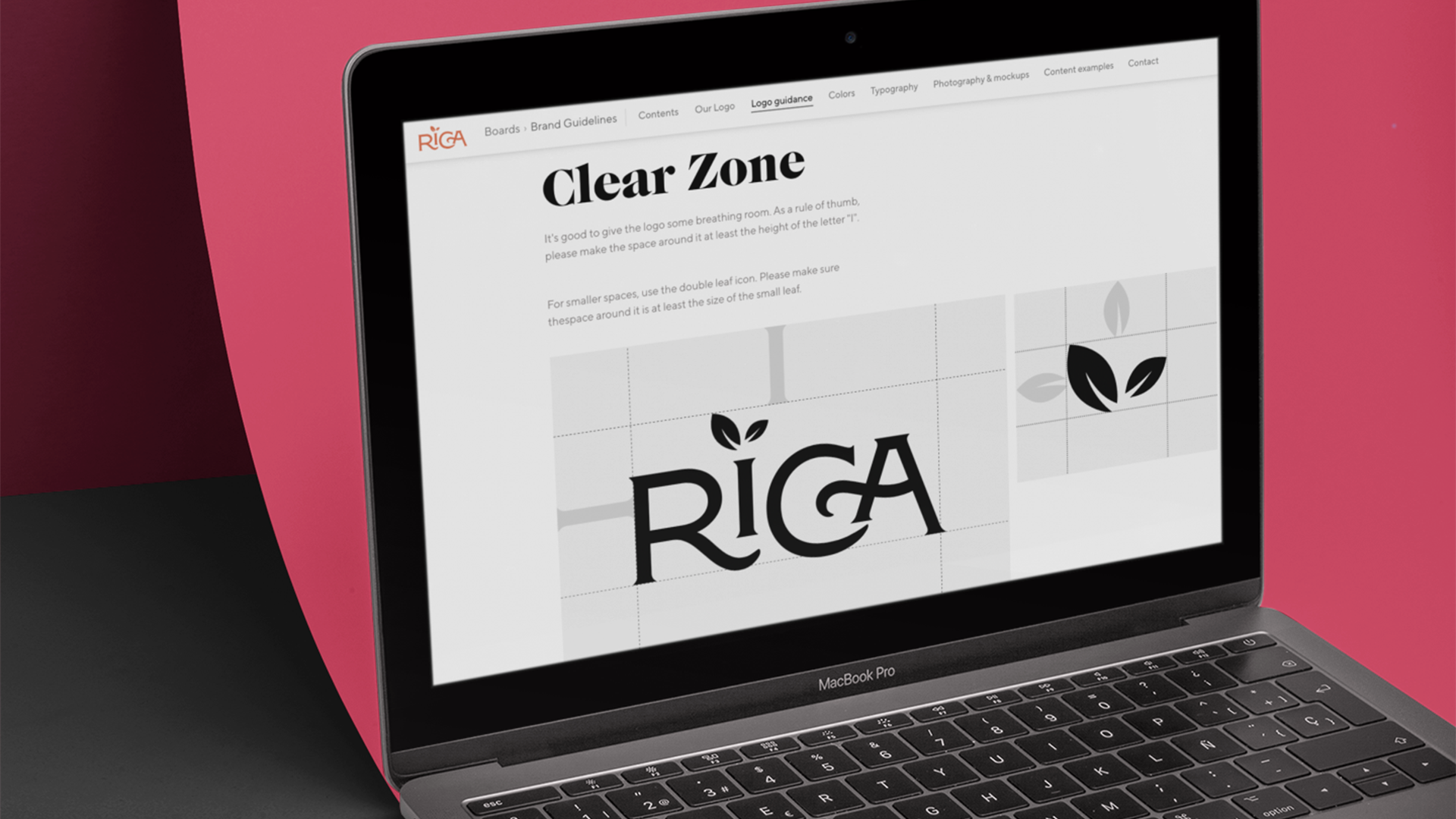
Brand guidelines act as a resource for your team and partners with clear instructions on how your brand should be represented to the world.
So, what should be included in your brand guidelines? Here is our comprehensive guidelines checklist of elements you should think about including:
Essence Elements
These elements communicate the purpose and goals of your business and brand. Having established essence elements focuses your internal teams on a common goal and helps to direct strategies, communications and design.
Mission Statement - This establishes to your team and external stakeholders, in simple terms, what the mission and purpose of your business is.
Vision Statement - This establishes what your business is setting out to achieve. It is aspirational in nature.
Values and Ethics - Your values and ethics influence the culture of your business. They are your approaches to work and items you promise to deliver and will not compromise on.
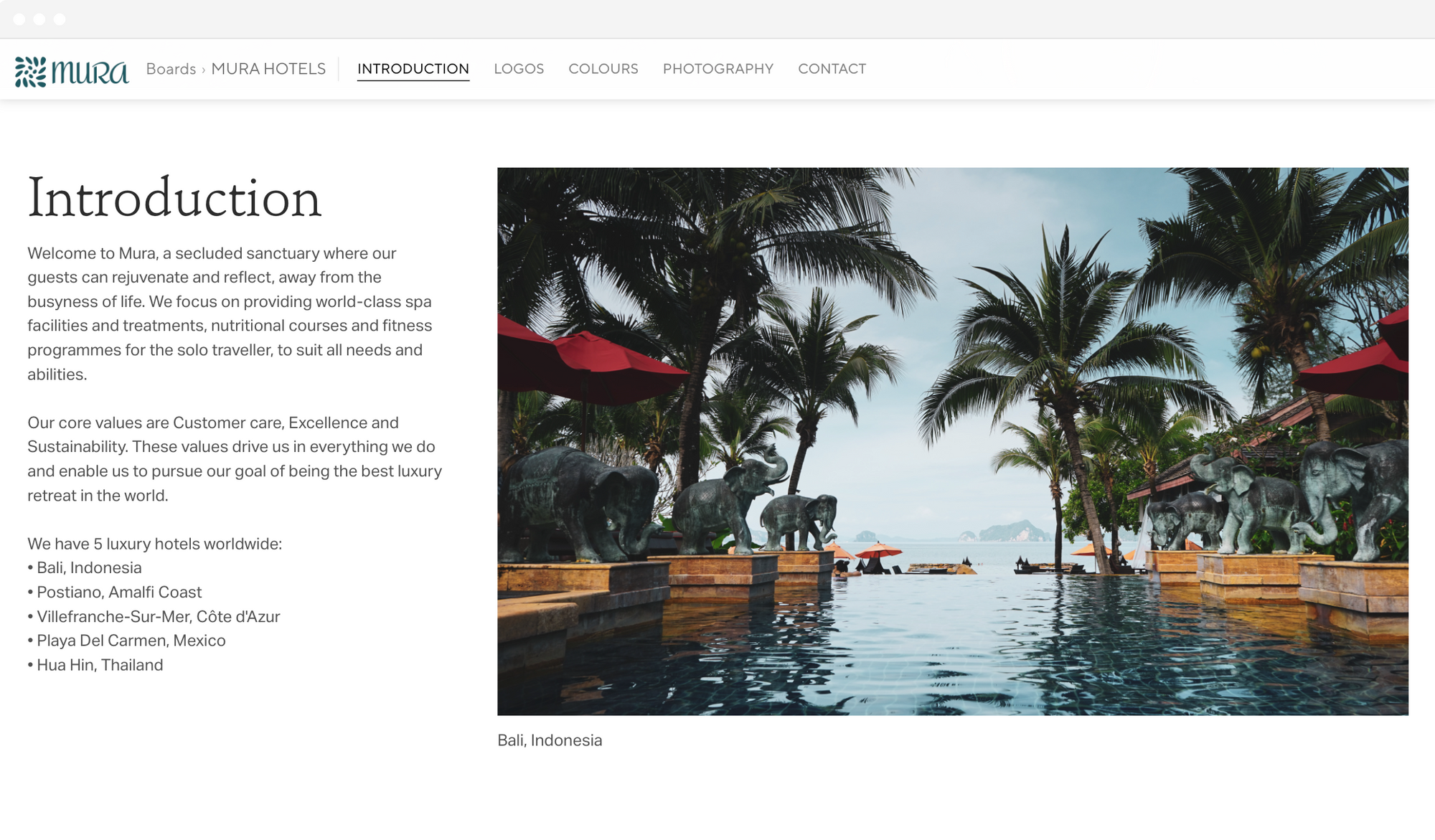
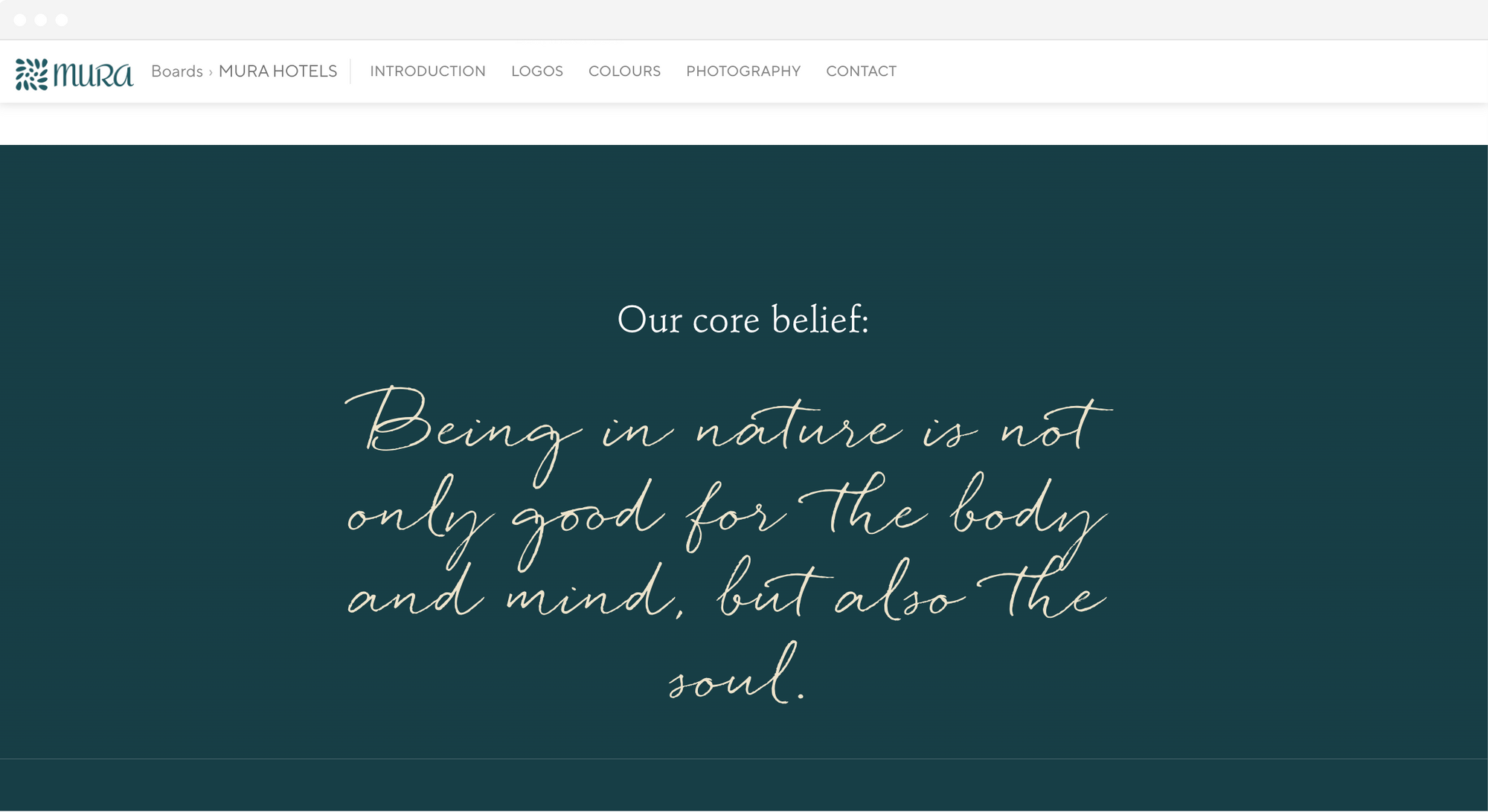
Design Elements
Design elements make up the look and feel of your brand.
Colors
- Primary color palette (Pantone, RGB, HEX and CMYK)
- Secondary color palette (Pantone, RGB, HEX and CMYK)
- Grey palettes (Pantone, RGB, HEX and CMYK) (If Applicable)
- Gradients (If Applicable)
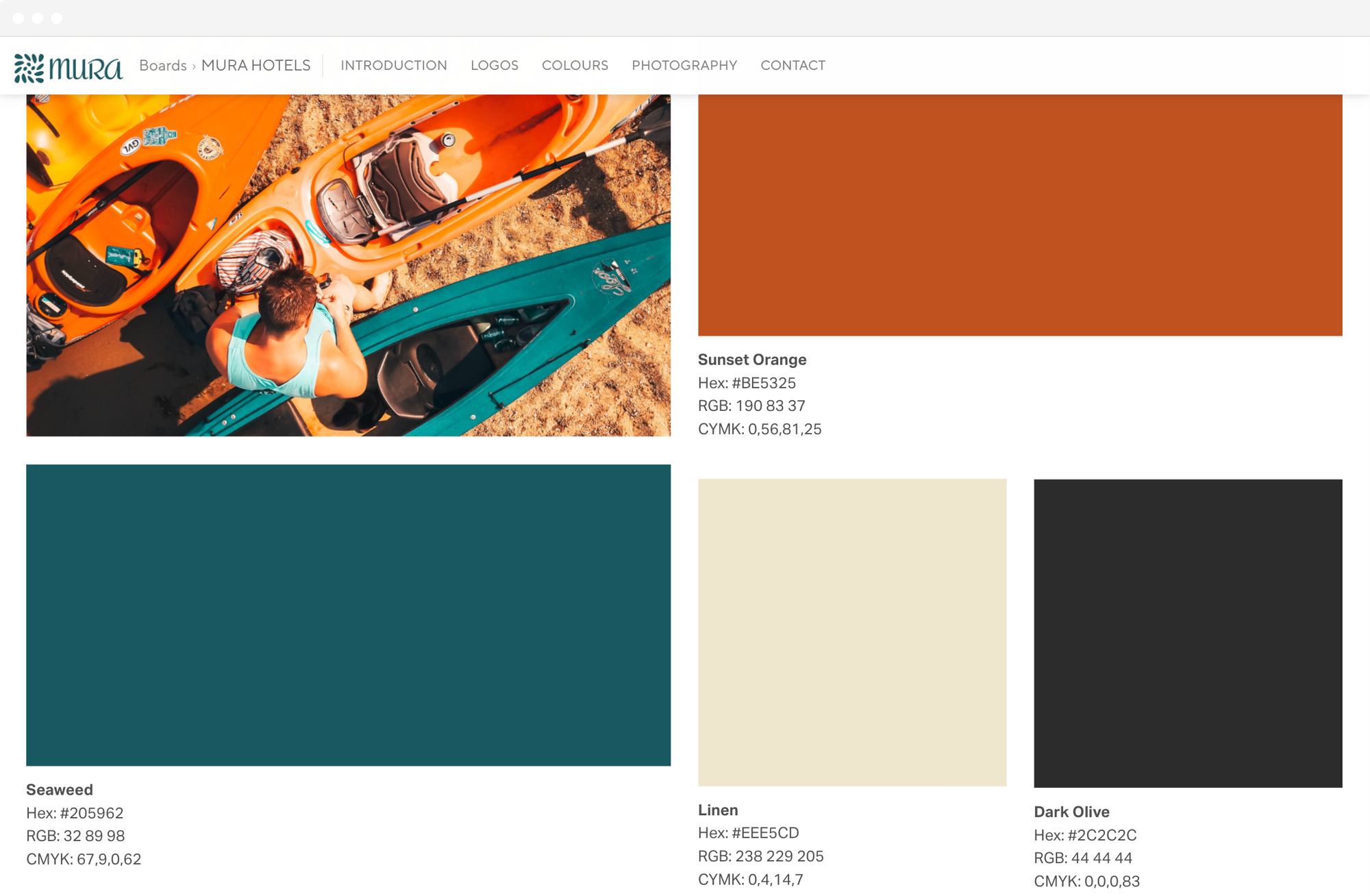
Logos
- Master logo
- Logo variations (Wordmarks or logotypes, lettermarks, abstract, mascots)
- Approved icons

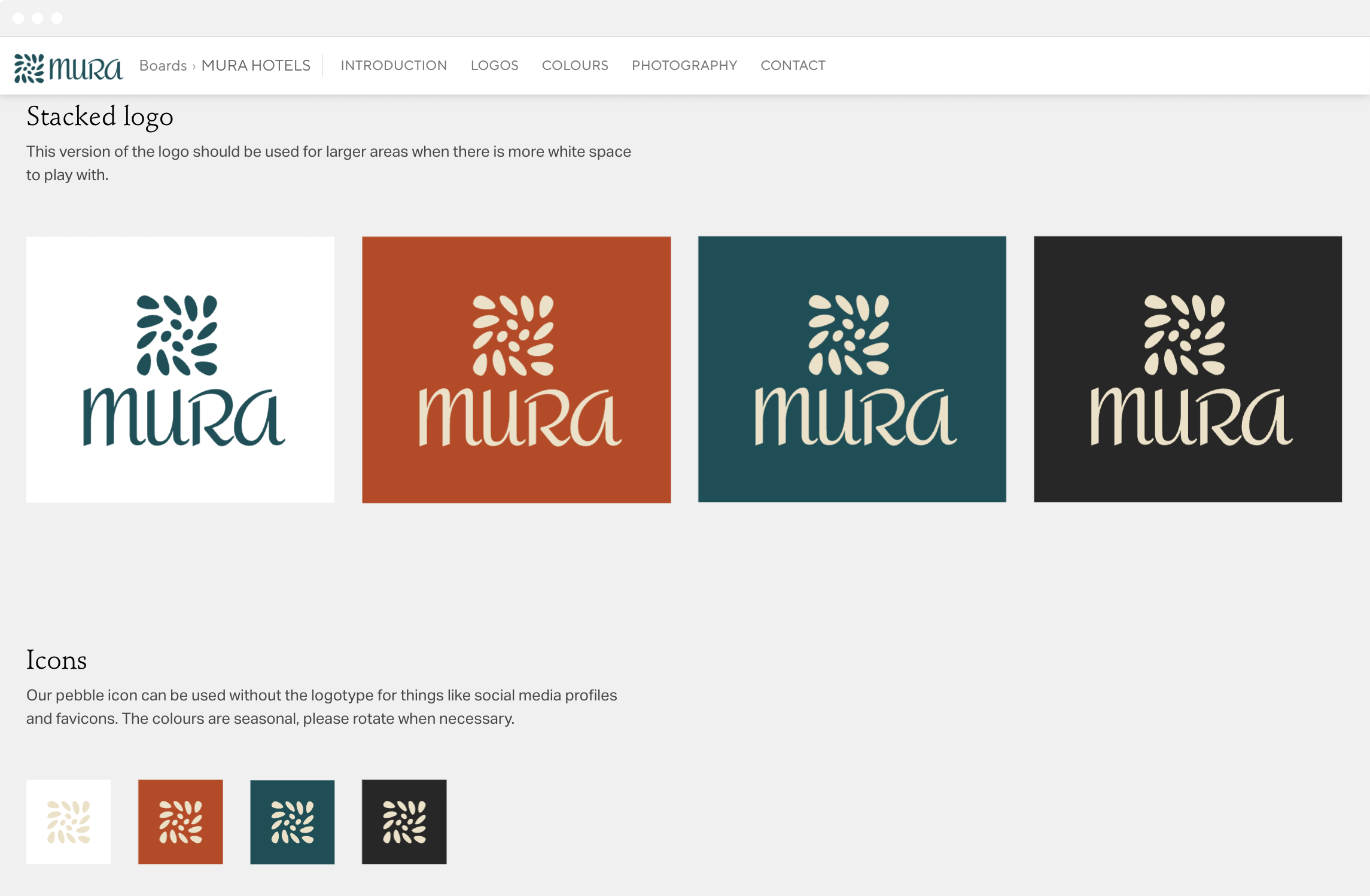
Logo guidance
- Logo minimum sizes
- Logo spacing (Define the clear space around logo)
- Where and how your logo should be used (Letterhead, presentations etc)
- Logo dos and don’ts
- Variations of each logo for dark and light backgrounds
- RGB and CMYK versions of each for print and digital
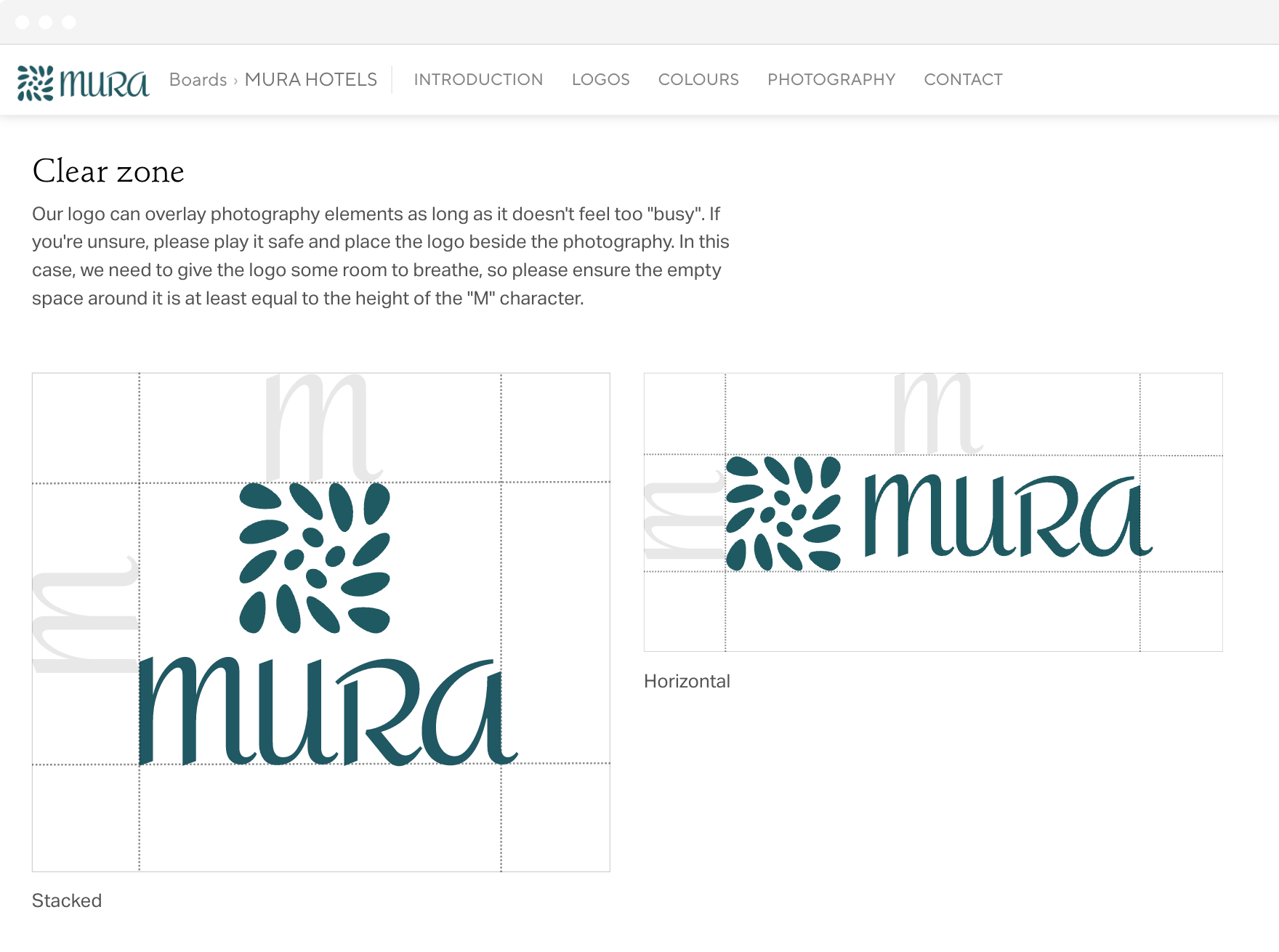
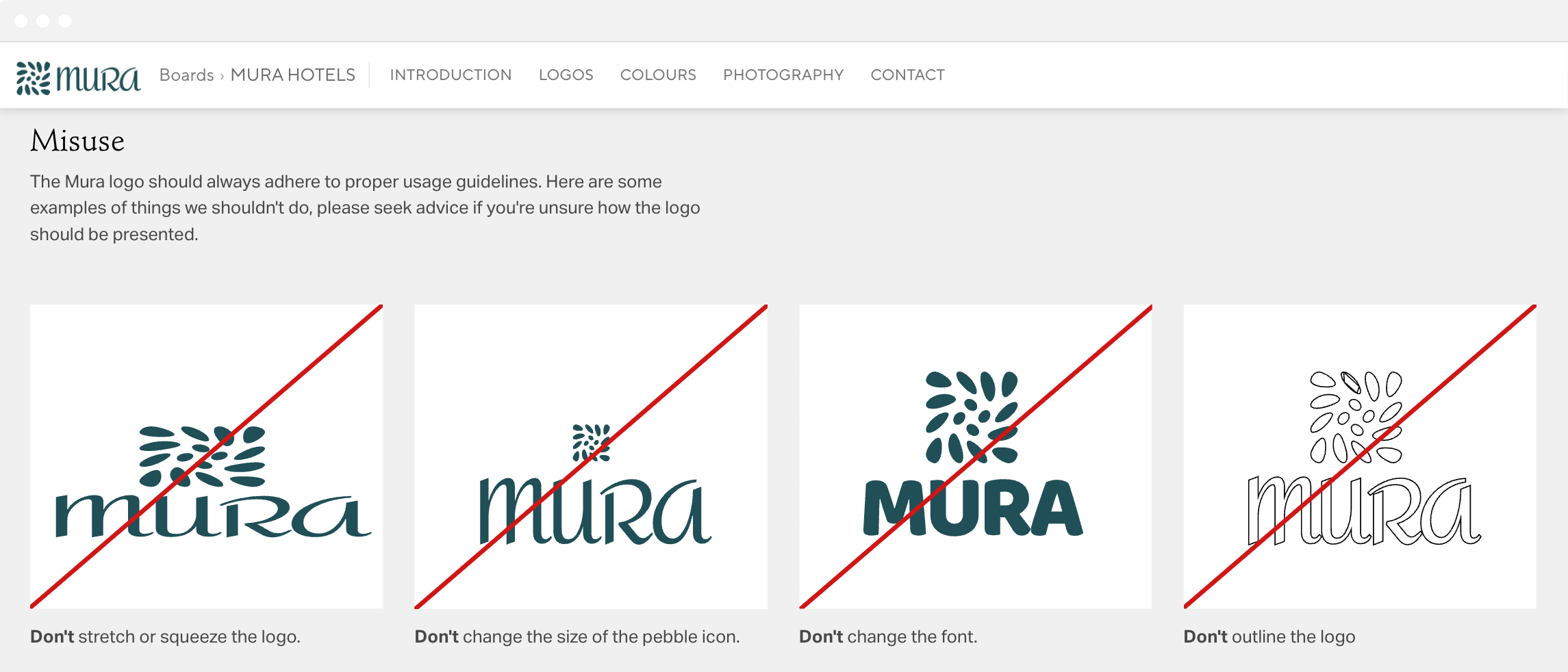
Fonts
- Primary font
- Secondary font
- How your fonts should be used (headings, subheadings, body, call to actions)
Style Elements
Style elements refer to the way your brand should communicate with your customers. This can be in a visual, written or verbal way. Ultimately making up your ‘tone of voice’. Style can also refer to visual elements, the type of photography you use, for example.
Visuals
- Photography
- Product
- Lifestyle
- Illustrations
- Video elements, layouts, slide design and title placement
- Email signatures
- Templates (letterheads, presentations, business cards etc)
- Previous examples of work or concepts
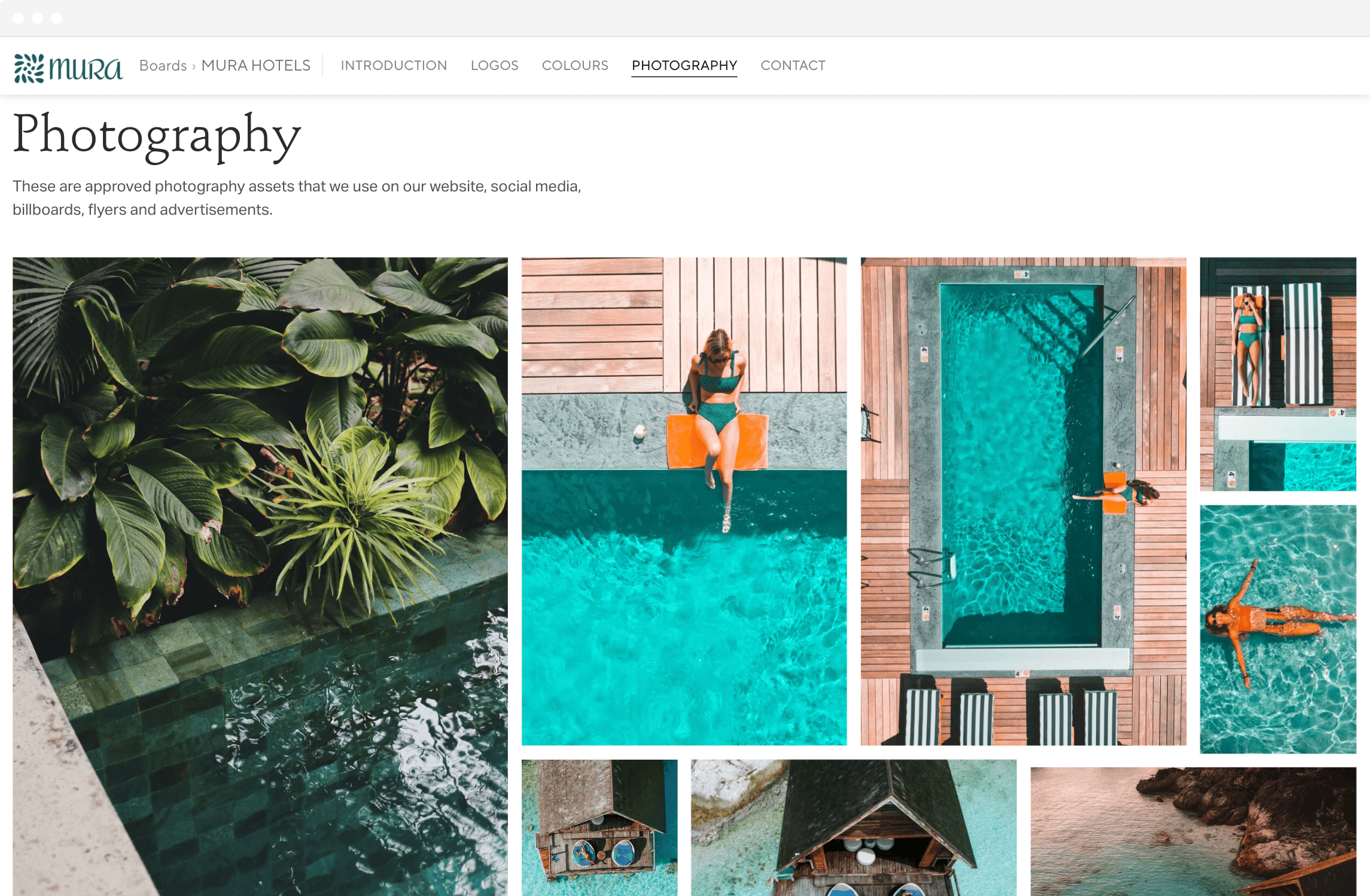
Tone of voice (Written and spoken)
- Should be consistent in terms of tone and vocabulary
- Vocabulary should be simple and refrain from acronyms, jargon and buzzwords when possible
- Copy should be grammatically correct with no typos and information should be accurate.
- Messaging should be concise
- Should always address the needs of your customer
Optional Extras
Brand history - A timeline of your brand and how it has evolved.
Contact section - If you need to request a change or an edit to the guidelines
FAQ’s - A list of common questions regarding your brand guidelines
Target audience - The audience you are solving a problem for and who will buy your product or service.
Customer personas - Fictional profiles of your target audience. These help keep your messaging and brand focused and targeted to these specific personas.
Ultimately, brand guidelines are not a set of rules and are not meant to stifle creativity. They should ‘guide’ creativity, as the name implies. Brand guidelines can’t anticipate for every scenario and so, there is always built in flexibility and room for creative freedom in certain cases. Keep that in mind when you make yours.
If you're ready to get started creating your brand guidelines, or want to update and digitize your current guidelines, get started with free Brand Guideline Template →
